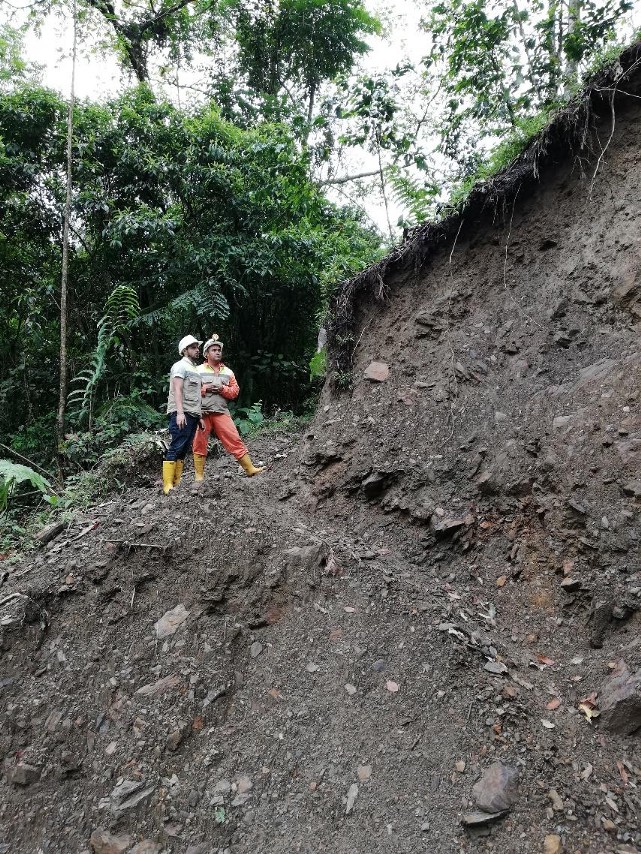We interviewed Operations Manager Walton Hernando Baron, who is in control of the entire operation inside the mine, outside in the benefit plant and laboratory.
The operation inside the mine is what makes up all the areas that are involved in order to extract the metal that we need, in this case the gold.
In this interview, the Operations Manager gives us a first-hand account of the work that is currently being carried out inside the mine:
“The first thing that is done is mine planning, where we start to develop the mine and the ore that is being extracted directly from the rock mass is extracted and then taken to the processing plant. Then, in the benefit plant, the crushing, grinding and regrinding is done.
Afterwards, a gravimetric liberation is done and after the gravimetry, the free gold starts to come out, which is what we are going to need.
For the exploitation of the mine here in Colombia, as in the rest of the world, there are different exploitation systems. We have the “cut and fill ascending” where a main guide is developed and then an over guide, and the preparation of each one of the panels is done, each one of the panels goes up approximately 50 metres from level to level, to be able to generate a mining panel.
We have three drums for the preparation, which is when we are exploiting this panel we enter from one side and when we are exploiting this panel we enter from the other side. We have three so that we can have two accesses and an unloading or an unloading key.
At the moment we have a plan until 2034 but this can change because I remember talking to Fernando García Sanz who explained to me that the tunnel is a little bit shorter because every time we go forward we find that the vein moves.
We have two clear veins: the “guayaquil” vein and we also have the “la morena” vein.
It is true that we can find some tensional veins or sub parallel veins to the main veins where this would not remain in 2034 but would be extended, I don’t know, for 30, 40 or 50 years depending on the length of the veins.
We found a vein sub parallel to the main vein, we continue advancing this one on a guide.
As we go forward we are finding new things, because we are now getting to know the deposit because we are exploiting it.
We have to check the progress metre by metre, we advance one metre fifty and we drill 240, then we drill 240 and if we don’t get any water: we advance.
We always control the advance to avoid unfortunate events, it is dangerous, and I have seen that in other mines, that is why we prefer to advance with caution.
For us, personnel safety comes before any production.
One very important thing that we do, I don’t know how many mines do it, is to fill in the tailings, the rock that is left over after the work and the gold mining, after the whole process of grinding and regrinding and the gravimetric part, some parts come out, which are the polymetallics and another part, which are the inert sands that we use.
With these sands we are going to generate the new floors and continue with the exploitation of the whole panel: we start to pour the sands with pumps and agitators, which is 40% sand and 60% water, and they are injected directly into the exploited panels when all the material of interest has been extracted, and they are going to fill in where they have been exploited.
We make some concrete partitions and start to pour what is the hydraulic fill, this hydraulic fill is ideally 2.2 metres from the height of the ceiling to the floor to continue with the perforations to the ceiling, although they are the future blasting or future reserves pulled out, but this sand is just sand and water”.
You can watch the video to see the 3D plans Walton shows us.

